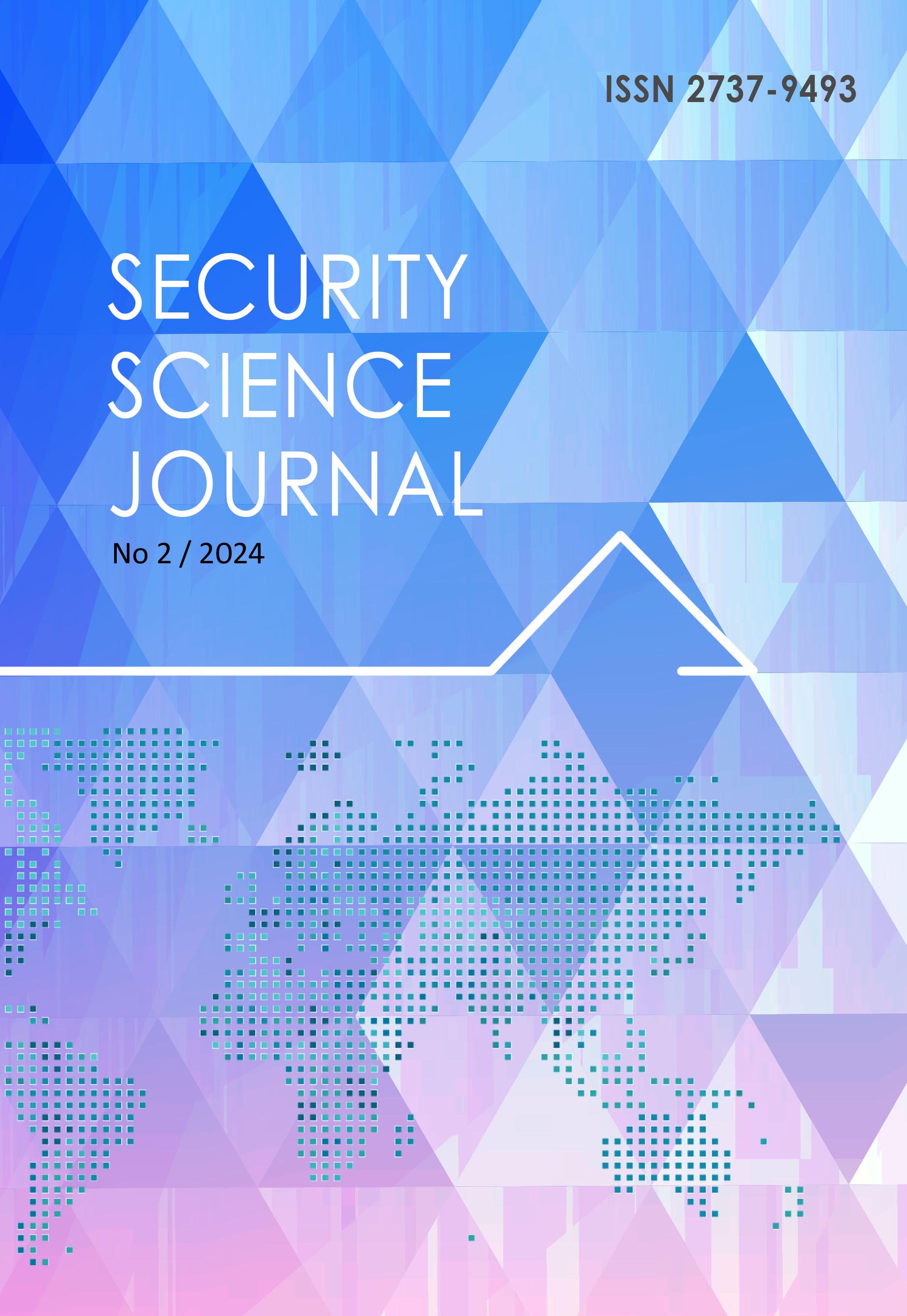THE MEDICAL INTELLIGENCE AND THE BIOTERRORISM
THE MEDICAL INTELLIGENCE AND THE BIOTERRORISM
Author(s): Esther ShaySubject(s): Politics / Political Sciences, Politics, Social Sciences, Sociology, Security and defense, Health and medicine and law
Published by: Institute for National and International Security
Keywords: bioterrorism; biosecurity; medical intelligence (MEDINT); intelligence cycle
Summary/Abstract: The definition of bioterrorism: "Bioterrorism refers to the intentional release of biological agents or toxins for the purpose of harming or killing humans, animals or plants with the intent to intimidate or coerce a government or civilian population to further political or social objectives."[i] The threat from bioterrorism is real, with current reports indicating that individuals, terrorist groups and criminals have both the capability and intention to use biological agents to cause harm to society. The damage caused by such an event could reach untold magnitude, causing widespread illness and death, and instilling fear and panic on a global scale. The spread of an infectious or toxic biological agent can happen without warning, while the response to a biological event, whether naturally occurring, accidental or deliberate, relies on coordination across multiple sectors. Medical intelligence (MEDINT) is a critical component in dealing with the threat of biological terrorism. The Covid-19 crisis has imposed the need for medical intelligence to adapt to the new security reality and it is clear evidence of the crucial importance of medical intelligence for prevention and minimization of the serious consequences that epidemics may have on public health and national security on all its components. Medical intelligence related to the threat of public health emergencies, including terrorism. Intelligence implies the application of the intelligence cycle in the field of medicine. It implies the collection and processing of data, assessment of data and predictions of the risks. It involves information applied to the identification, characterization, and management of a risk, as applied to both medical and nonmedical countermeasures. The article will review the threat of biological terrorism and the contribution of medical intelligence to deal with this threat.
Journal: Security Science Journal
- Issue Year: 2024
- Issue No: 2
- Page Range: 139-153
- Page Count: 15
- Language: English

